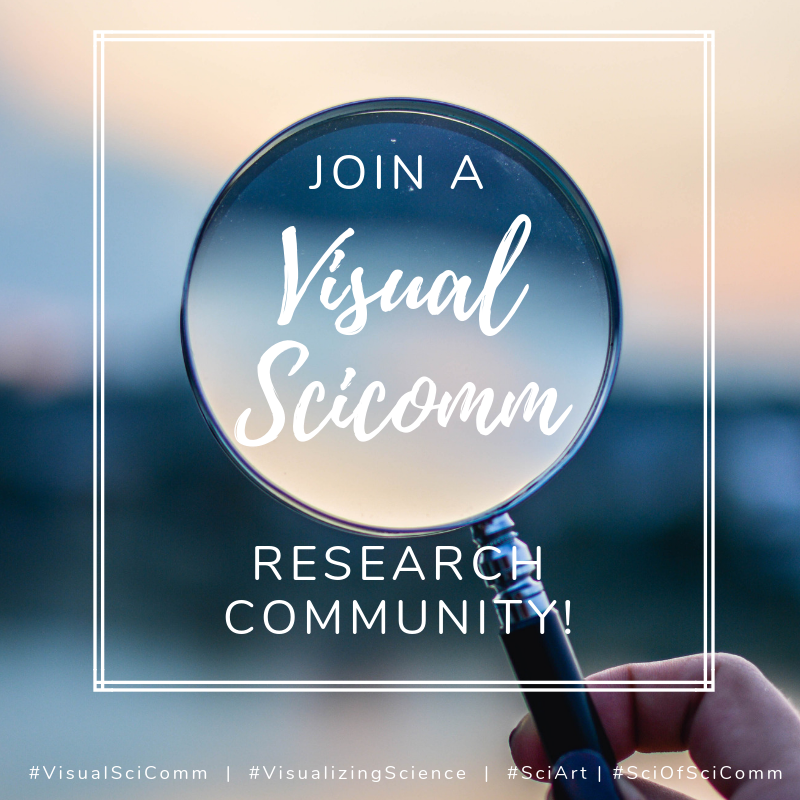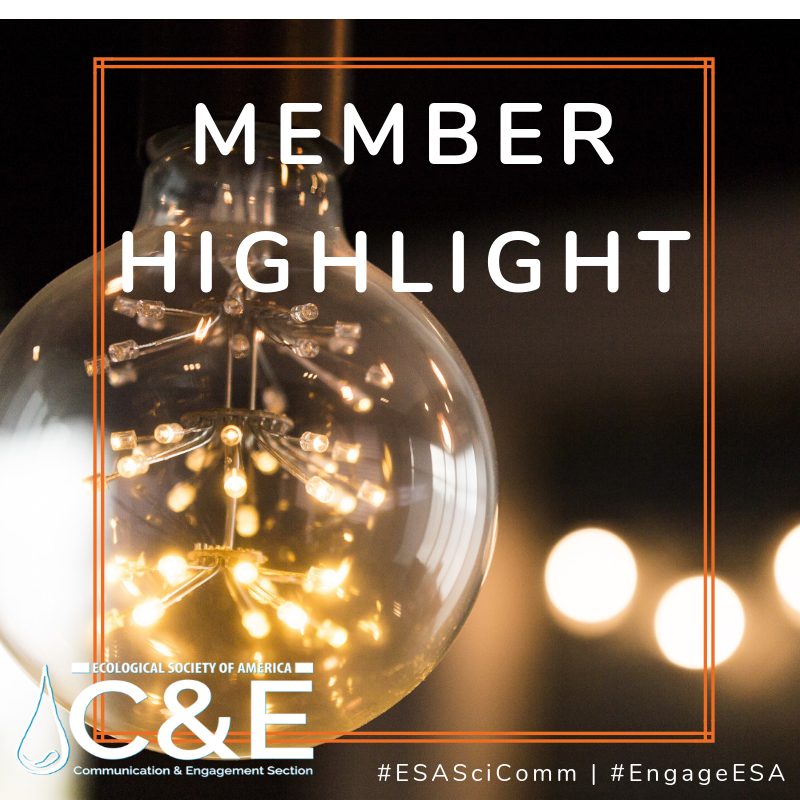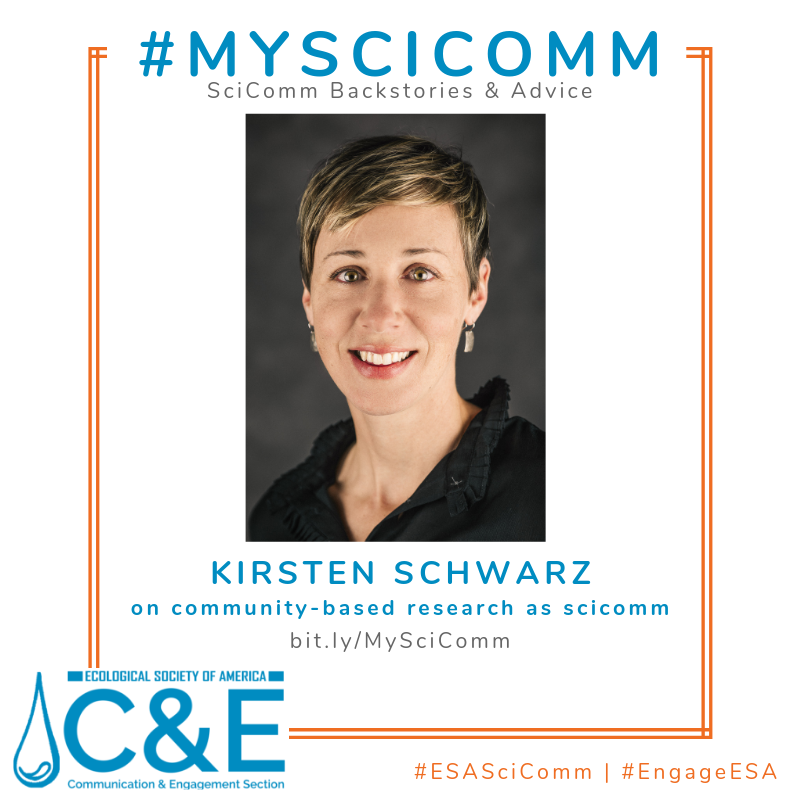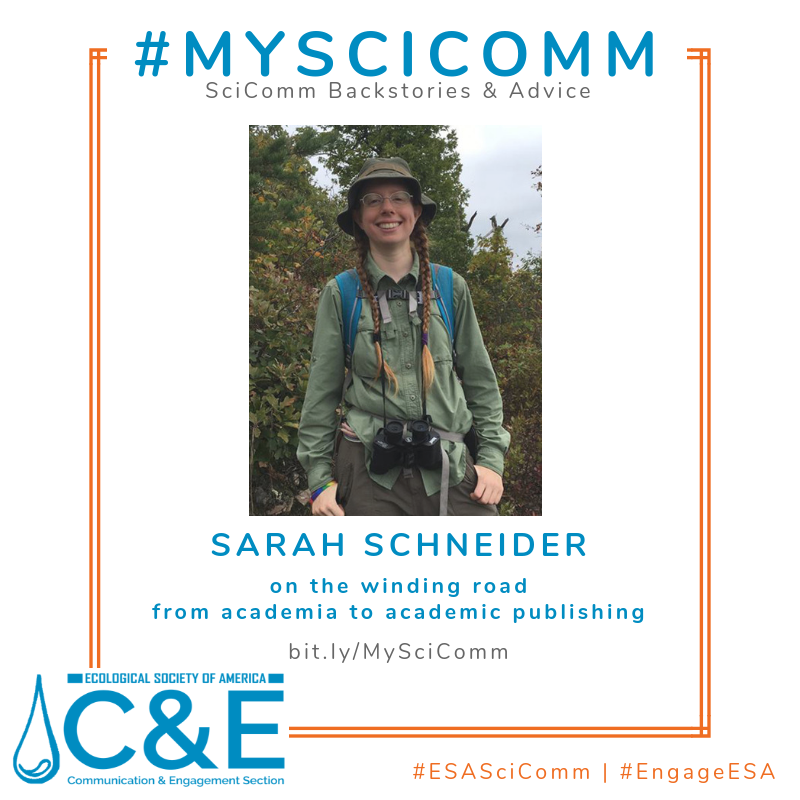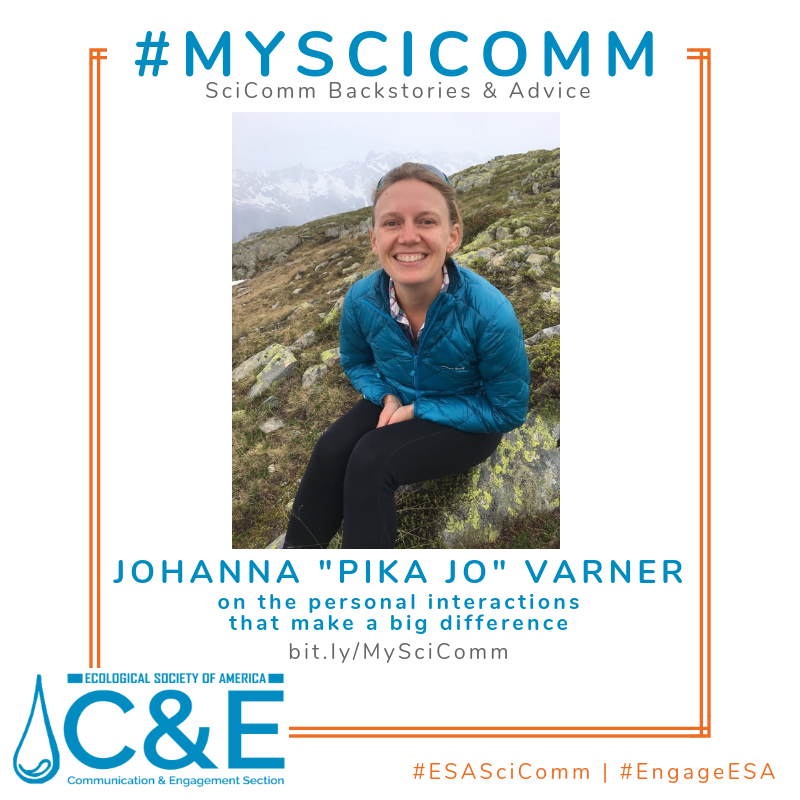
Resource of the Week: Curing “Plant Blindness” vs. Growing Plant Love
Last year, we featured two #MySciComm posts by co-founders of Plant Love Stories, and at #ESA2018, we hosted Plant Love Stories at our booth at the Annual Meeting. Now, we’re highlighting a related publication informed by that project: a commentary in the journal Plants, People, Planet (published by the New Phytologist Trust). They write: We have a duty to conserve plants…



